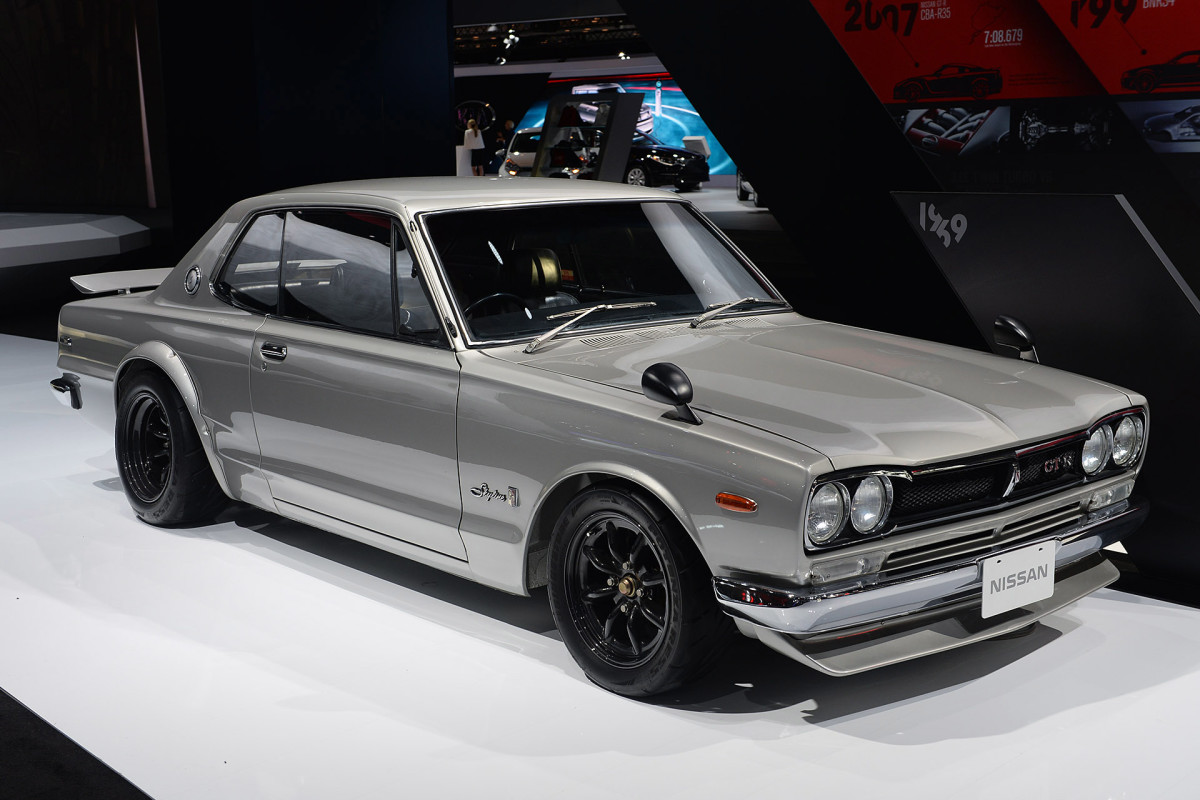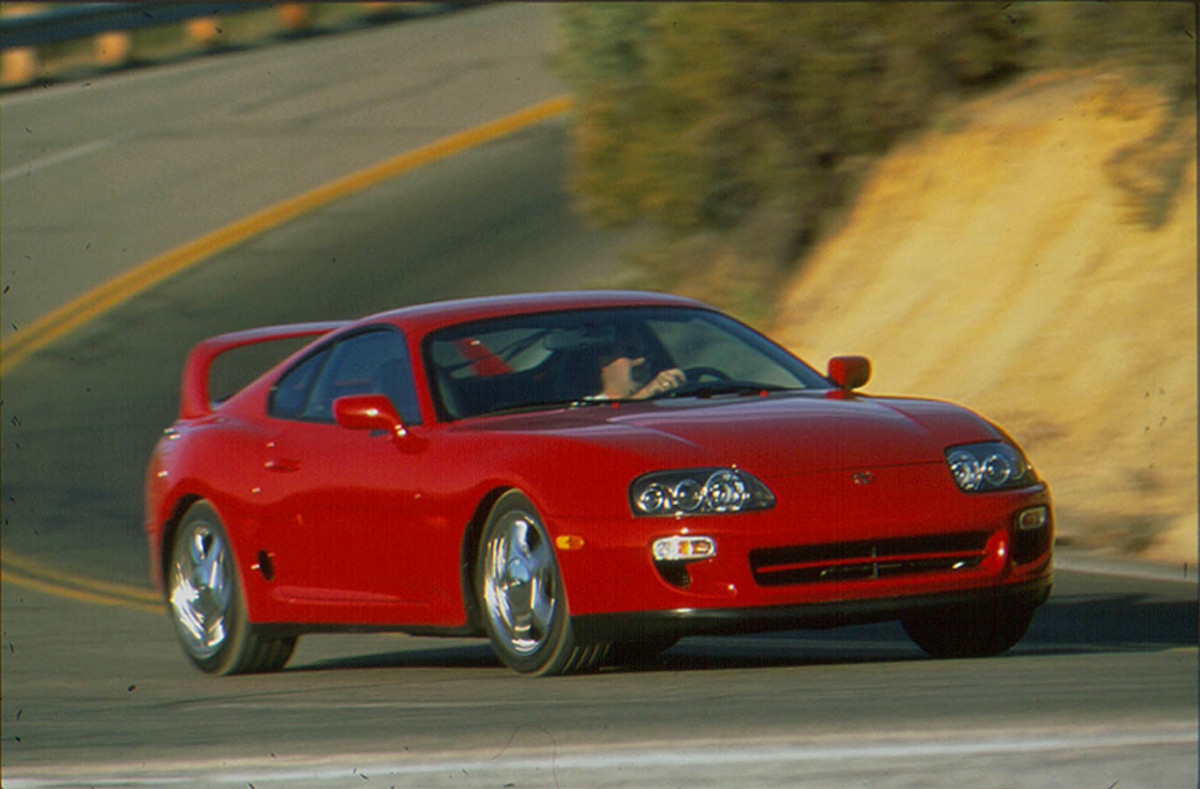On March 26, President Donald J. Trump signed a proclamation from the Oval Office imposing sweeping 25% tariffs on all cars imported from other countries, which would take effect on April 3.
The President also plans to apply tariffs on “key automobile parts” like engines, transmissions, and electrical components. However, the administration stated that USMCA-compliant parts will remain tariff-free until government officials can determine their non-US content accordingly, which should be “no later than May 3.”
However, conflicting tariff rules are shaking up a very passionate car community already hit by a government ruling that influences their hobby, as it seems that President Trump’s power and pen could make their favorite cars more expensive after all.

Drew Phillips
JDM fans fear that Trump’s tariffs on imported cars will ruin their dream car prospects
According to the official tariff document in the Federal Register, dubbed“Adjusting Imports of Automobiles and Automobile Parts Into the United States,” the Trump Administration left a 25-year import tariff carveout for those who seek to import their favorite classic enthusiast cars into the country.
Under Heading 9903.94.04, “all entries of passenger vehicles (sedans, sport utility vehicles, crossover utility vehicles, minivans and cargo vans) and light trucks” that “were manufactured in a year at least 25 years prior to the year of the date of entry” are exempt from the 25% tariff applied onto much newer vehicles.
Under this rule, many Japanese classic enthusiast cars imported from Japan and other overseas territories, such as Nissan Skyline GTRs, Toyota Supras, and Mazda RX-7, would be subject to a 2.5% import tax levied on passenger cars. However, the ruling has a deeper meaning for fans of these cars.
Tariffs would be an additional blow for prospective JDM car owners, given the restrictions they already faced
Having to pay an additional 25% tariff would have been an additional blow to those who wanted to own a Japanese sports car like a Skyline or a Supra, given that they already had to wait a long time to import their dream cars under Federal law.
The “Imported Vehicle Safety Compliance Act of 1988,” colloquially known among enthusiasts both online and in real life as simply the “the 25-Year Import Rule,” is a law passed by Congress in 1988 that allows the free importation of vehicles that are 25 years old or older into the United States. Under this rule, 25-year-old cars that were not originally sold in the United States are eligible for import, as they are exempt from current Federal Motor Vehicle Safety Standards (FMVSS) and deemed street-legal for use on American roads.
This law, originally enacted in the 1980s to prevent enthusiasts from circumventing the official U.S. market channels of luxury brands like BMW and Mercedes-Benz, created a whole new market of independent companies that specialize in importing these Japanese dream machines to customers in the States.
President Trump’s new reciprocal tariffs will crush JDM enthusiasts’ dreams
However, on April 2, the same day that the official documents detailing the automobile tariffs were published in the Federal Register, President Trump announced another tariff of 24 percent on all products coming from Japan using the International Emergency Economic Powers Act (IEEPA), alongside reciprocal tariffs applied to many of the United States’ trading partners.
Despite the 25-year exemption on the already-announced automobile tariffs, the IEEPA tariff is independent of them and will be applied to the precious 1990s Japanese-market classics on the boats headed for America. To make matters worse, the tariff rate that will be applied to these cars depends entirely on when the cars actually land in the U.S., which can be a nightmare if you are expecting a car on a boat to land in a U.S. port of entry any time soon.
In the comments of a post on the r/keitruck subreddit, EasyISF, the company that regularly deals with the US Customs and Border Protection Agency’s Importer Security Filings stated that the timing of your vehicle’s journey dictates how much you’ll get charged in tariffs under Trump’s new measure.
They explain that vehicles loaded onto their boats at their port of lading (the port where goods are put on a boat) in Japan before April 5th at 12:01 a.m. EST will be subject to the old duty rates of 2.5% for passenger cars and 25% for trucks and cargo vans (due to the chicken tax).
However, things get more expensive after that. If said vehicle is after April 5 at 12:01 a.m. EST but before 12:01 a.m. EST on April 9, passenger cars will be subject to a 12.5% total tariff, and trucks and cargo vans will be hit with a 35% total tariff. Vehicles that fail to get loaded on the boat at the port of lading on or after that deadline will be subject to the highest total tariffs: 26.5% for passenger cars and 49% for trucks and cargo vans.
Final thoughts
Vehicle importers are well aware that this will hurt their business. In a blog post on its website, the Cypress, California-based Toprank International Vehicle Importers warned that any tariff on vehicle imports “will significantly increase the cost of importing vehicles into the United States.” They also expressed their objection to the Trump administration’s decision, adding that the Secretary of Commerce’s opinion that the importation of new and used cars is a national security threat is “a broad and unsubstantiated claim” that “overlooks the unique dynamics of this segment of the automotive market.”

Toyota
“In the specific context of used vehicles, particularly those reaching the 25-year import eligibility mark, these are often vehicles of historical or cultural significance to enthusiasts,” the company said on its blog. “Classifying their importation as a national security threat is not only illogical but also disregards the passions and interests of the American public.”
“Therefore, we contend that the inclusion of used vehicles within the Secretary’s opinion regarding a national security threat is unfounded and lacks a factual basis. Such a classification risks imposing unnecessary burdens on consumers and small businesses, hindering the enjoyment of automotive heritage, and failing to address any genuine national security concerns.”